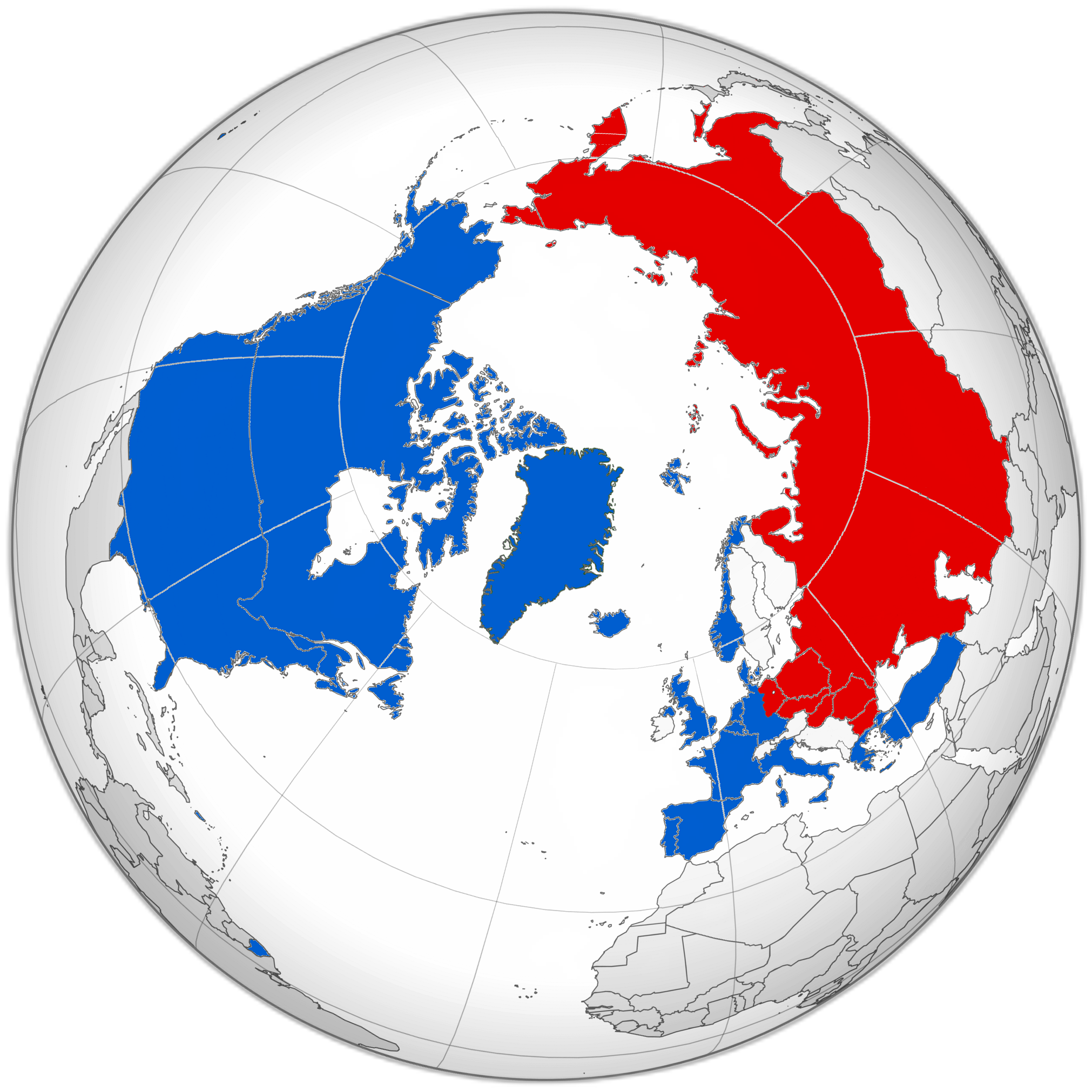According to a new memoir written by a Reagan White House official, President Ronald Reagan gave his approval in January of 1982 for a CIA plan to subvert the economy of the Russian Empire through the covert transfer of technology that housed hidden malfunctions. This plan included the transfer of software that would later be responsible for a massive explosion in a Central Asian natural gas pipeline.
In his book “At the Abyss: An Insider’s History of the Cold War,” Thomas C. Reed, a former Air Force secretary who’d been working in the National Security Council at the time, recounts the event. Reed was serving in his position at the time. According to Reed’s account, the explosion at the pipeline was only one example of the “cold-eyed economic warfare” waged against the Soviet Union by the CIA during the latter years of the Cold War under the leadership of Director William J. Casey. Casey was in charge of the agency at the time.
During this time period, the United States was making an effort to prevent Western Europe from purchasing natural gas from the Soviet Union. There was additional evidence suggesting that the Soviets were attempting to steal a broad array of technologies from the West. Then, an informant with the KGB divulged the particular shopping list, and the CIA smuggled the defective software to the Soviets in a manner that they would not be able to detect.
“In order to disrupt the Soviet supply of gas, its hard currency earnings from the West, or the internal Russian economy,” writes Reed, “the pipeline software that was to run the pumps, turbines, as well as valves was programmed to go haywire, after a decent interval to reset pump speeds or valve settings to generate pressures far beyond those acceptable to oil and gas industry joints and welds.” This was done in order to “disrupt the Soviet gas supply, its hard currency earnings from West, and the internal Russian economy.”
As a consequence, he says, “the outcome was the most colossal non-nuclear explosion and fire ever seen from orbit,” and he goes on to say that satellites owned by the United States detected the explosion. An interview with Reed revealed that he said the explosion took during the summer of 1982.
According to what he said, “while there were no physical deaths as a result of a pipeline explosion, there was substantial harm to the Soviet economy.” “The end of the Cold War was not precipitated by a violent conflict or an exchange of nuclear weapons; rather, it was brought about by its final bankruptcy. The Soviets eventually came to the realization that they had been taking fake technology, but at this point, they were at a loss as to what action to take. Therefore, it is possible that each and every cell that makes up the Soviet behemoth is contaminated. They had no means of knowing which pieces of equipment were legitimate and which ones were fake. Everything seemed to be in question, which was precisely the result that the whole operation had been designed to achieve.
Reed said that he was able to acquire permission from the CIA to disclose facts about the operation. An intelligence operation dubbed the Farewell Dossier allowed the Central Intelligence Agency to understand the entire scope of the KGB’s efforts to get Western technological know-how.
A portion of the operation was made public in the past, notably in a report published in 1996 in Studies in Intelligence, which is the official journal of the CIA. Gus W. Weiss, a specialist in technology and intelligence who sat on the National Security Council with Reed and was important in the development of the plan to transfer the defective materials, authored the report. Reed was also a member of the National Security Council. Weiss died Nov. 25 at 72.
According to the article written by Weiss and the book written by Reed, the Soviet authorities established 1970 a new unit of the KGB known as Directorate T in order to sift through Western research and development for desperately needed technologies. Line X was the name of the operations arm of Directorate T that was tasked with stealing the technology. During one visit to a Boeing facility, “a Soviet visitor glued adhesive to his shoes in order to gather metal samples,” Weiss recounted in his piece. This occurred because the Soviet Union was known to often send spies along with official delegations that traveled to the United States.
Then, in July 1981, during an economic summit in Ottawa, the President of France, Francois Mitterrand, informed Reagan that French intelligence must have obtained the services of an agent they dubbed “Farewell,” which was Col. Vladimir Vetrov, a 53-year-old engineer who’d been assigned to evaluate the intelligence collected by Directorate T. Mitterrand told Reagan that French intelligence had obtained the services of such an agent they dubbed “Farewell.”
Weiss said that Vetrov had volunteered his services for ideological motives, and throughout the course of the program, Vetrov had photographed and submitted 4,000 papers. The records disclosed the identities of almost two hundred Line X operatives located in various parts of the globe and demonstrated how the Soviets were carrying out an extensive operation to steal technological know-how from the West.
“Reagan showed considerable interest in Mitterrand’s sensitive disclosures and was appreciative for his promise to make the information accessible to the U.S. administration,” Reed writes. “Reagan also thanked Mitterrand for his offer to make the material available to the U.S. government.” August of 1981 was the month when the CIA received the Farewell Dossier. In the book, Reed writes that it “immediately sparked a storm.” “The documents were really sexually graphic. They detailed the degree to which the Soviet Union had infiltrated labs, industries, and government institutions in the United States and other Western countries.
Weiss said that while reading the book, he had his greatest dreams become a reality. According to what he stated, the records demonstrated that the Soviets had taken significant information on radar, computers, machine tools, and semiconductors. “Our research was contributing to their efforts to protect their country.”
The Farewell Dossier was a summary of upcoming Soviet concerns and concerns for the future. Weiss was quoted as saying in January 1982 that he had offered Casey a plan to slip the Soviets a piece of technology that would function for a time, but would eventually fail. Reed said that the CIA “would add ‘additional ingredients to the software and hardware that was on the shopping list for the KGB.”
According to what Reed says, Reagan “accepted the proposal positively.” “We decided to give Casey a go.” “American industry assisted in the creation of things to be marketed to Line X,” as stated by Weiss. Some information regarding the flawed technology was published in Aviation Week and Space Technology in 1986, as well as in the book “Victory: The Reagan Administration’s Secret Strategy that Hastened the Collapse of the Soviet Union” written by Peter Schweizer in 1995. Both of these publications were published in the United States.
The fact that the gas pipeline was sabotaged in the past has never been revealed, and at the time, this information was a well-held secret. According to the author, when the pipeline burst, the first reports generated anxiety in the White House as well as in the United States military. “NORAD feared a missile liftoff from an area where no rockets were known to be located,” he claimed, referring to the North American Air Defense Command. “NORAD” is an abbreviation for the North American Aerospace Defense Command. “Or maybe it was the explosion of a tiny nuclear bomb,” the author writes. However, satellites could not detect any telltale traces of a nuclear explosion at any of the locations.
“Before these contradictory signs could grow into an international catastrophe,” he said, “Gus Weiss walked down the hall to reassure his fellow NSC staff members that there was no need to be concerned.”
There is still a great deal of controversy around Ronald Reagan’s and the United States’ respective roles in the disintegration of the Soviet Union. Some people believe that U.S. policy was the most important factor, specifically Ronald Reagan’s military buildup, the Strategic Defense Initiative, which was Reagan’s proposed missile defense system, going head-to-head with the Soviet Union in regional conflicts, and rapid advancements in U.S. high technology. Others, however, argue that circumstances inside the Soviet Union, such as the country’s deteriorating economy and the revolutionary policies of President Mikhail Gorbachev regarding glasnost and perestroika, were more significant.
Reed, who was a member of the National Security Council from January 1982 until June 1983, stated that the United States of America and its NATO allies “rolled up the entire Line X collection network, both in the United States and overseas.” Reed served in this capacity from January 1982 until June 1983. According to Weiss, “the core of Soviet technology collecting broke and would not recover.”
However, the KGB was able to uncover Vetrov’s activities as a spy, and in 1983 he was put to death as a result. [TWP]
SHARE THE ARTICLE YOU’RE Reading…
Free Speech and Alternative Media are under attack by the Deep State. Real News Cast needs reader support to survive.
Every dollar helps. Contributions help keep the site active and help support the author (and his medical bills)
Please Contribute via GoGetFunding

